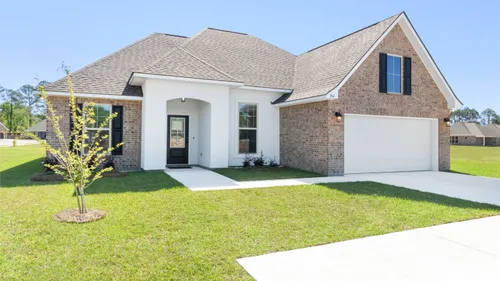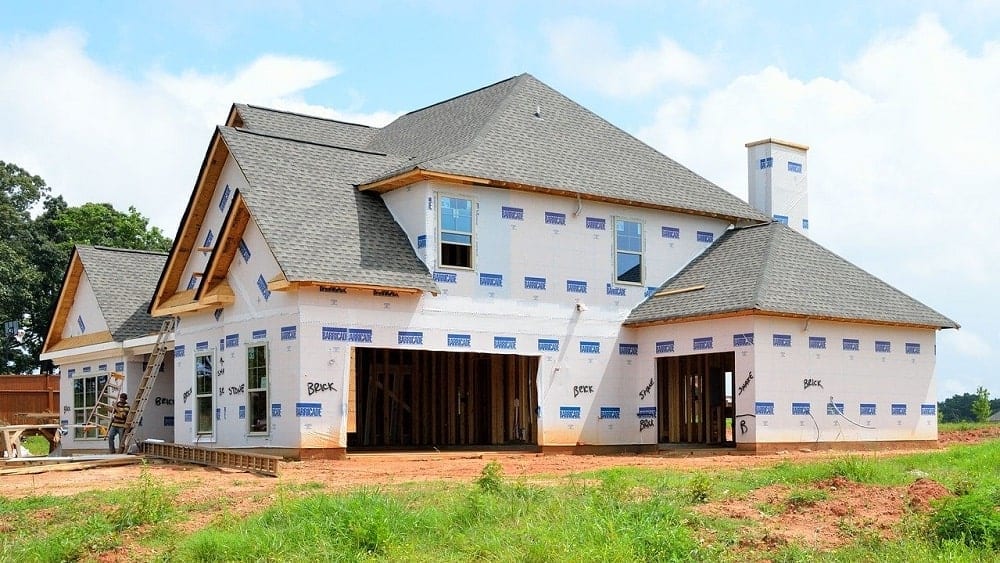Professional Bathroom Remodeling Indiana for an Elegant and Modern Look
Professional Bathroom Remodeling Indiana for an Elegant and Modern Look
Blog Article
How a General Service Provider Can Transform Your Common Locations Into Practical Spaces
The makeover of common locations into useful spaces is a nuanced process that calls for a general contractor's expertise in evaluating particular area requirements and developing customized options. By taking into consideration variables such as layout, availability, and visual appeal, a professional can produce atmospheres that not just offer useful purposes yet additionally foster community interaction. With efficient job administration and adherence to top quality requirements, these restorations can significantly boost individual experience. Yet, the intricacies involved in stabilizing style and performance raise essential inquiries about finest techniques and prospective challenges that advantage more exploration.
Assessing Current Common Location Needs
When evaluating typical locations, it is important to determine and recognize the details requirements of the community they serve. This process begins with a complete analysis of present use patterns, which entails event information on foot traffic, top use times, and tasks occurring within these rooms. Involving with area participants with conferences or studies can provide beneficial insights into their preferences and challenges.
Next, it is essential to think about the market structure of the community, consisting of age, way of living, and any type of special requirements that may affect how these areas are utilized. As an example, family members with kids may require play areas, while older grownups might prioritize availability functions.
In addition, reviewing the existing facilities and features is crucial. Determining areas that are underutilized or in requirement of repair can notify prospective improvements. Collaborating with stakeholders, such as home supervisors and local companies, ensures that the evaluation shows a thorough understanding of the community's demands.
Eventually, a careful evaluation of current common area requires lays the foundation for effective makeovers, permitting for the development of rooms that cultivate interaction and enhance the total quality of life within the community.
Designing for Performance and Aesthetic Appeal
A comprehensive understanding of neighborhood needs sets the stage for efficient layout that stabilizes capability and visual appeals in common areas. Effective design requires a thoughtful strategy that takes into consideration both the useful uses of the room and the visual charm that boosts the environment.
Useful design requires developing areas that satisfy the details tasks and communications of the neighborhood. This could include adaptable seating plans for events, available paths for people with flexibility challenges, or assigned areas for recreational activities. Each aspect needs to offer a function while making sure simplicity of activity and comfort for customers.
The selection of colors, materials, and illumination can significantly influence the perception of a room. Additionally, lining up the style with the area's social identification can foster a sense of belonging and satisfaction.
Budgeting and Source Allowance
Reliable budgeting and source allowance are essential elements in the effective makeover of typical locations. A distinct budget plan lays out the financial parameters within which the task must operate, guaranteeing that costs are controlled and sources are effectively made click here for more use of. This starts with a thorough assessment of task demands, consisting of layout components, products, and labor.

A basic specialist plays a critical function in this stage, collaborating with stakeholders to establish realistic spending plan quotes that line up with the designated vision. By prioritizing essential attributes and discovering cost-efficient alternatives, the contractor can maximize costs without compromising high quality.
Source appropriation entails strategically appointing personnel, equipment, and products to various stages of the task (Carmel In Contractor). This requires mindful preparation to ensure and avoid hold-ups that each element is delivered on time. Additionally, routine monitoring of expenditures against the spending plan aids to determine possible overruns early, permitting prompt changes
Managing Building Process Efficiently
Handling the building and construction procedure effectively is vital for accomplishing prompt project completion and preserving budget plan honesty. A well-coordinated technique includes meticulous planning, clear communication, and reliable resource administration. General specialists have to establish a comprehensive task timeline that details each phase of building and construction, enabling for the recognition of crucial turning points and potential traffic jams.
Routine progress meetings are important for keeping all stakeholders informed and straightened. These meetings assist in the prompt resolution of issues, making certain that the job remains on track. Furthermore, utilizing job monitoring software can simplify communication, track progression, and handle documents, reducing the possibility of misconceptions and hold-ups.
Efficient resource allotment is likewise extremely important. By making sure that products, labor, and tools are offered when required, basic contractors can protect against expensive interruptions. Executing a positive technique to run the risk of management more improves performance, as it allows for the identification and reduction of prospective challenges before they rise.
Making Certain Compliance and High Quality Criteria
Compliance and top quality standards are basic to the success of any type of construction job, guaranteeing that the finished spaces not just satisfy customer expectations but likewise stick to governing needs. A general specialist plays a pivotal duty in applying these criteria throughout the building and construction process.
First, it is important for the specialist to stay upgraded on regional building regulations, safety policies, and market best practices. This expertise allows them to assist layout choices and material choices that align with conformity standards. Routine inspections and quality assessments during the construction phase help to identify potential concerns early, mitigating costly delays and remodel.
Additionally, a trusted general professional fosters a society of top quality amongst subcontractors and employees. This can be achieved by giving training on conformity methods and carrying out rigorous quality assurance measures. By developing clear communication networks, the contractor can ensure that every person involved comprehends their responsibilities relating to conformity and quality.
Final Thought
Finally, the duty of a general professional in changing typical locations into useful spaces is pivotal. Via a detailed assessment of community requirements, thoughtful layout, careful budgeting, and reliable job management, these experts can create atmospheres that boost usability and aesthetic allure. Adherence to compliance and high quality requirements better makes sure that revitalized areas not just fulfill the assumptions of stakeholders however additionally foster engagement and enrich the general experience for all individuals within the neighborhood.
The change of usual areas into practical rooms is a nuanced process that requires a general contractor's experience in analyzing details neighborhood needs and designing tailored services. By thinking about elements such as layout, availability, and aesthetic allure, a contractor can develop settings that not only offer practical functions but likewise foster community involvement. General contractors need to develop a thorough task timeline that outlines each stage of building, permitting for the identification of prospective bottlenecks and critical landmarks.

Report this page